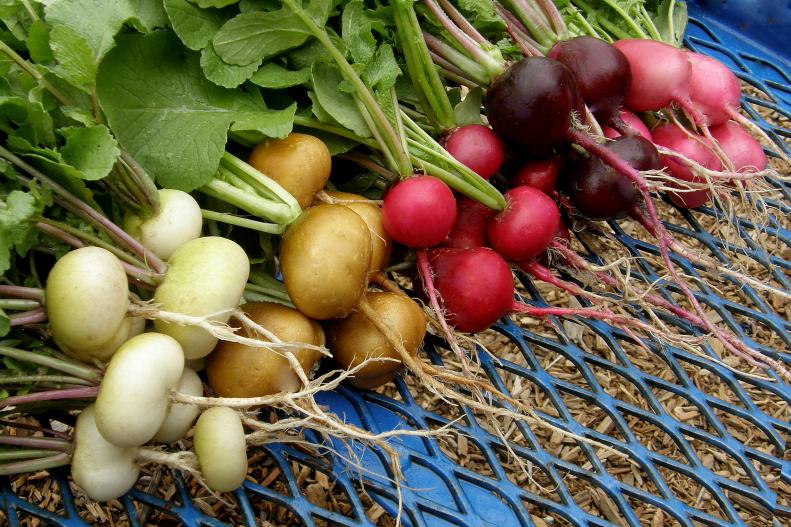1 / 25
Photo: ReneesGarden.com
Radishes
Cool-season veggies thrive in autumn’s chill, yielding a second round of homegrown goodness. Radishes are a great candidate for a fall crop because they're ready for picking in just under a month. Edible green tops withstand early frosts, and roots are safe from frosty mornings since they’re snuggled in soil. ‘Garden Party’ radish seed mix produces a rainbow of flavorful roots with crunchy white flesh. Other good candidates for an autumn veggie patch? Try peas, kohlrabi, rutabaga, bunching onions or carrots to keep your garden growing well into fall, even in northern regions.









